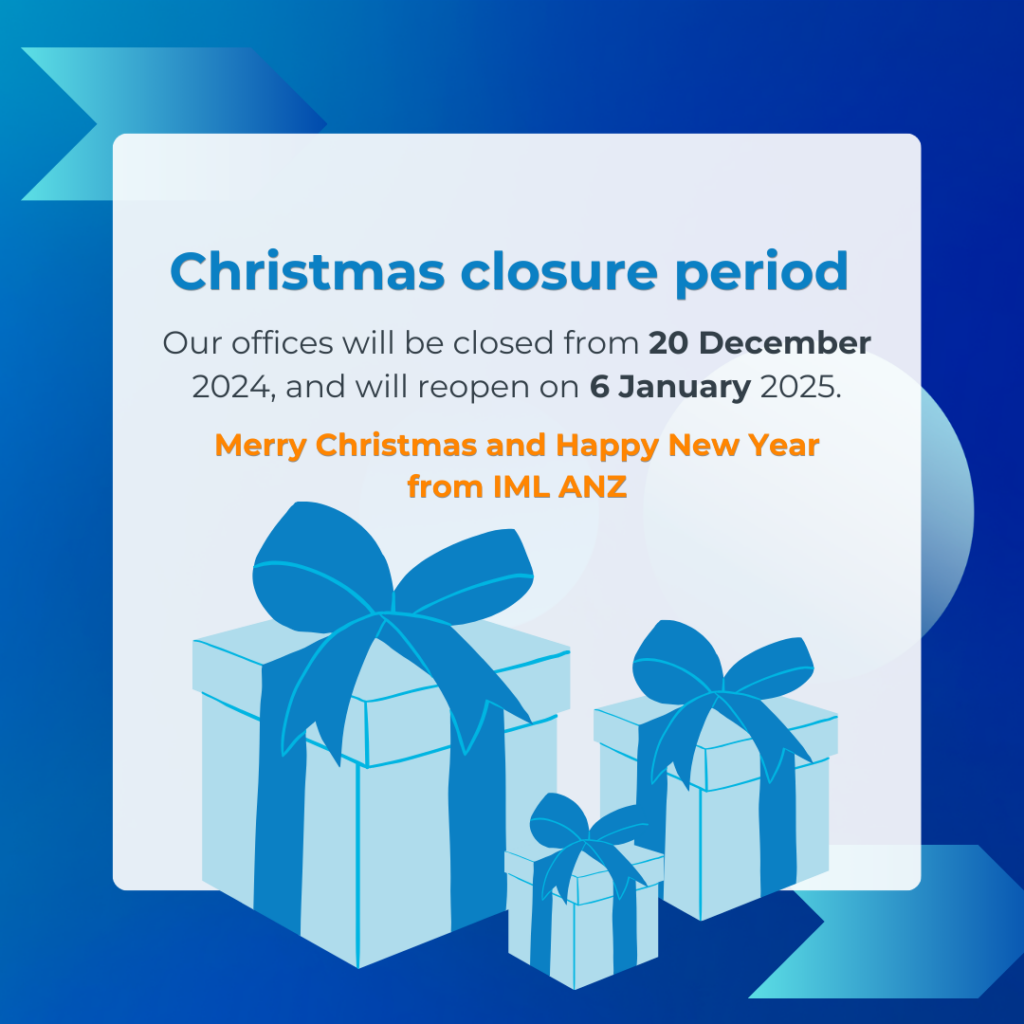Customers are the lifeblood of every business, organisation and company. We may call them clients, partners, suppliers, members, students, distributors, end customers and so on, but they are the ones without whose support, we could not do what we do. For the most part they pay us money in exchange for the delivery of goods and services, but with other customers the value exchange looks different. While many companies are remembering the critical nature of looking after customers in a tight economy, I’m asking: “What if the way we’ve always done this is no longer enough?”
The problem lies with the assumption that everything customer related belongs with sales. What I’m calling for instead is a sales revolution where the entire company embraces a Culture of Customer which depends on 2 factors being present:
- Customer Consciousness: where everyone in the company understands they have a customer, and they are a customer: these are the people they deliver measurable value to as a result of their roles.
- Commercial Competence: where everyone in the company understands what every customer of theirs values, and how to deliver that value in a measurable way so that it’s visible and understood.
A Disconnected Value Chain
A conversation I had with a very experienced sales leader illustrates why this assumption is flawed. His company dominated its space for around 20 years in terms of service, quality and product availability until recently. Lockdowns impacted the availability of parts and machines causing customers to wait twice as long (at least) to get their products that enabled them to run their own businesses. During lockdown however, competitors were in the same boat, so customers were mostly understanding. His response to me was telling because while his sales team was still hitting targets in spite of a 12-week turnaround of product (double still of its usual 6 weeks), in spite of a Chinese owned competitor offering the same quality for less in faster times he was beginning to lose his sales veterans who could no longer be the bearers of continued “bad news”. Nothing was being done operationally to change this. His sales veterans were no longer willing to risk their own reputations or damage relationships because of things outside of their locus of control.
Now THAT is a problem.
When the only relationship between the customer and the company is via the salesperson, they’re the first port of call when things go wrong – even when both parties know sales isn’t causing the issue. Expecting sales to save the day with “magic” is wishful thinking at best and a set up for failure at worst.
We’ve all heard of salespeople overpromising and underdelivering, customers can also be let down elsewhere in the business – either up or down the value chain. What if a salesperson nurtures a prospect for months, finally converts them as a customer who then needs to set up trading terms with finance? Easy, right? Not always.
Sometimes revenue is delayed by weeks because the process is arduous, clunky and in some cases, like applying for a mortgage. While not bad enough to stop that customer from buying in the short term, when other things may go “wrong” down the track like a lost order, or an incorrect delivery or a missed appointment or an incorrect invoice, the damage may be too much. The cost of doing business is too high for the customer.
Internal Service Providers have customers too
For the most part, the value contribution of internal service providers is somewhat hidden because the costs and the benefits of their service provision is absorbed by the business. However, the company still pays a price. Let’s say an HR Business Partner (HRBP) is supporting an executive who has now lost one new hire around the 9-month mark and another 9 months later that executive returns to their HRBP asking them to go to market to recruit a replacement for the second hire who will leave unless they get a pay increase. If that HRBP operated as an “order taker” who simply did as requested, what’s the cost?
- The reputation of the executive internally
- The cost of the recruiter
- The lost productivity while that new hire gets up to speed
- The higher wage cost of buying someone new anyway
- No guarantee this third person will stay beyond 9 months given that it’s now 2 for 2
All hidden, but all impact growth and profit.
What are the benefits then of a changed approach when the HRBP is able to diagnose the root cause of the issue leading to both new hires wanting to leave around the 9-month mark, and addressing that?
- The current person may stay and productivity may increase
- The recruiter isn’t needed so there is a significant saving on that cost
- The executive gains new skills and creates a different environment in which to operate
- The tenure of the 9-month hire improves to a minimum of 2 years with improved output and internal value creation
All hidden, but all impact growth and profit. When everyone in the business is aligned in their value delivery to all customers, everything changes. Revenue, profit and growth become inevitable. A revolution is in order.



